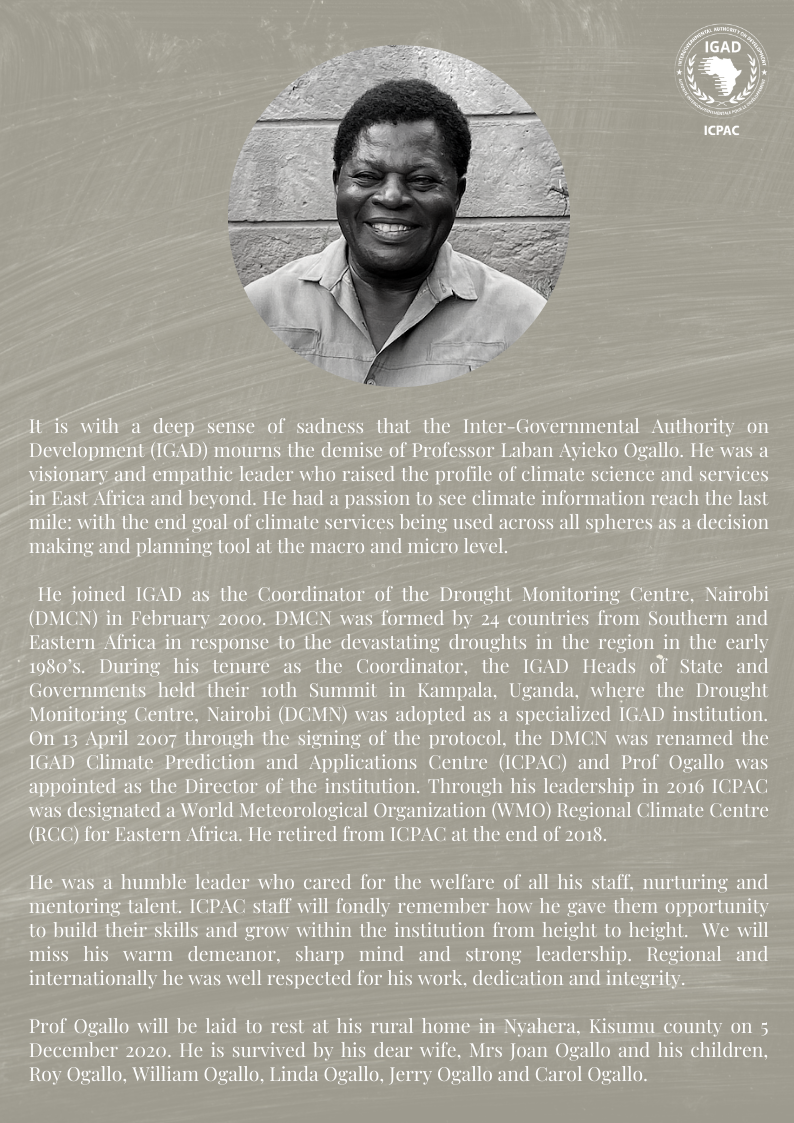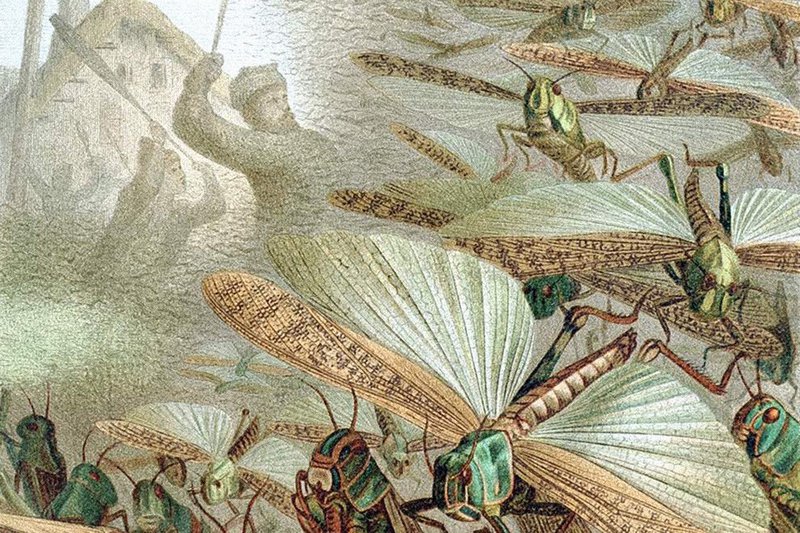Featured News
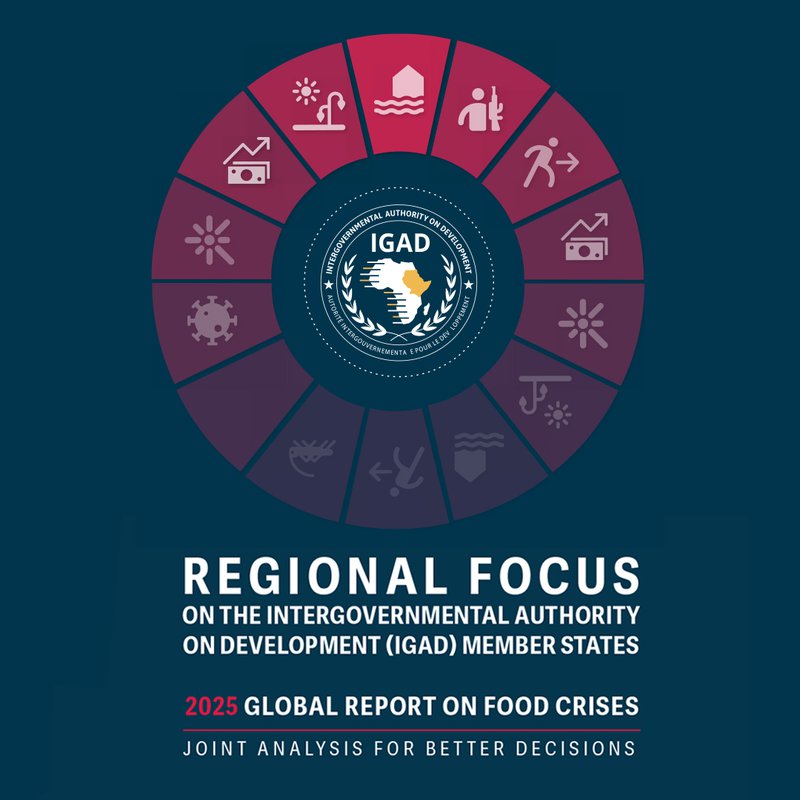
42 million people in six IGAD member states face high levels of acute hunger in 2025

The IGAD Regional Focus of the 2025 Global Report on Food Crises sounds the alarm on widespread food insecurity and malnutrition in the region
Nairobi, Kenya, 16 September 2025: 42 million people face high levels of acute food insecurity (IPC Phase 3 or above*) this year across six IGAD member states (Djibouti, Kenya, Somalia, South Sudan, the Sudan and Uganda), according to the IGAD Regional Focus of the 2025 Global Report on Food Crises released today.
In five countries with comparable data since 2016 (Kenya, Somalia, South Sudan, the Sudan and Uganda), the number of people facing high levels of …
All News Updates
Filter by News Type
Filter by Service
Showing 157 results

How can Artificial Intelligence Help Improve Climate Forecasting and Risk Information?

By author, Herbert Misiani, ICPAC Climate Researcher
Contributions by ICPAC Climate Change Technical Working Group
Climate is chaotic in nature, with many processes and feedbacks which have not been fully understood. Predicting the future states …
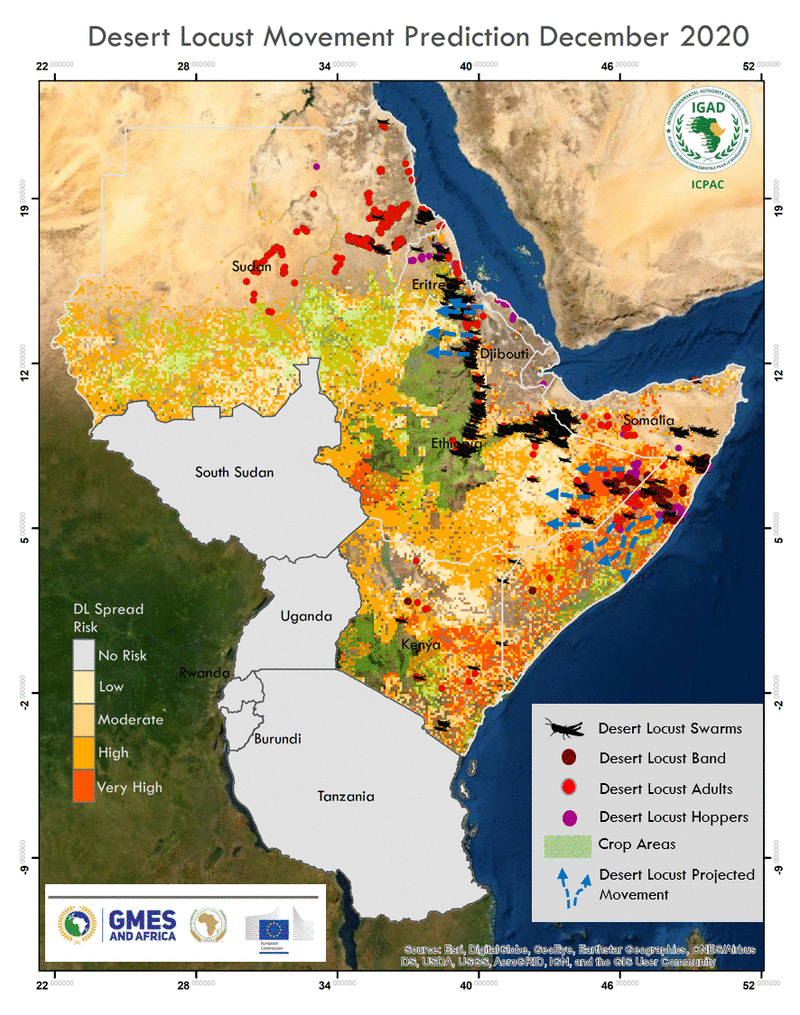
Desert Locust Projection December 2020

Projected impact on food and fodder
- Very high risk of significant impacts to both crops and rangelands due to high rainfall received in northern parts of the region which has enabled the swarms to migrate. …
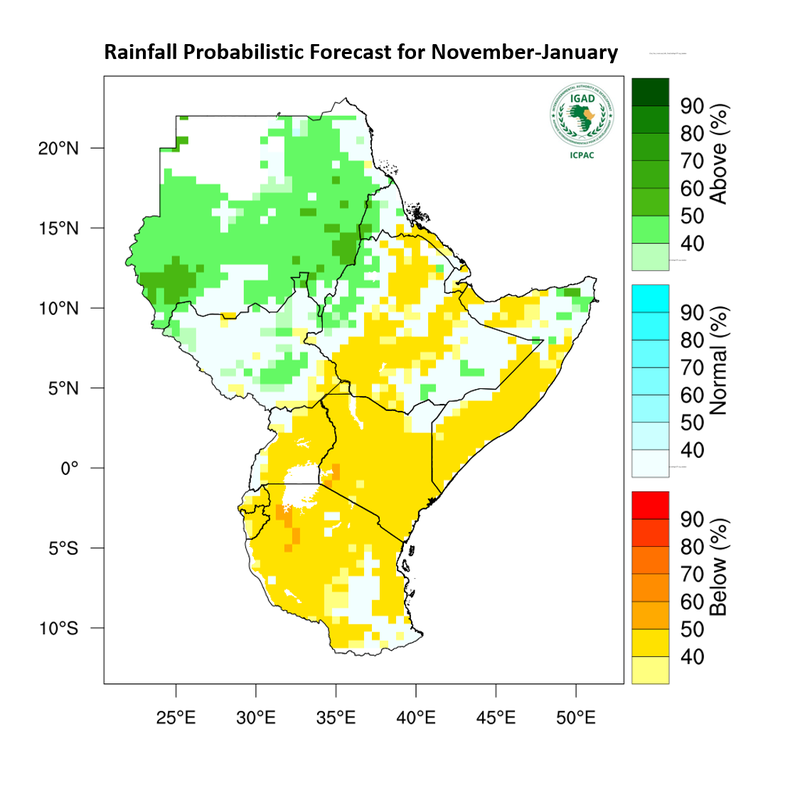
La Niña: forecasted drier than usual season poses risks to crops and livestock in some parts of the region
Nairobi, 11 of November 2020: October to December is a major farming season for Kenya, southern Somalia, southern Ethiopia, Rwanda, Burundi, Uganda, and much of Tanzania. The drier than usual season might impact southern Ethiopia, …
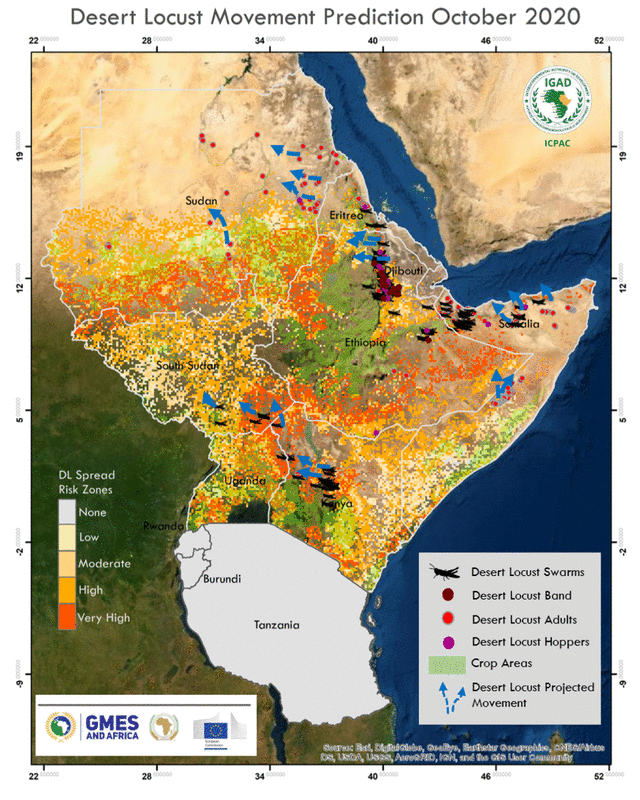
Desert Locust Projection October 2020
Projected impact on food and fodder
- Very high risk of significant impact to both crops and rangelands due to the high rainfall received in the northern parts of the region which has enabled the swarms …

